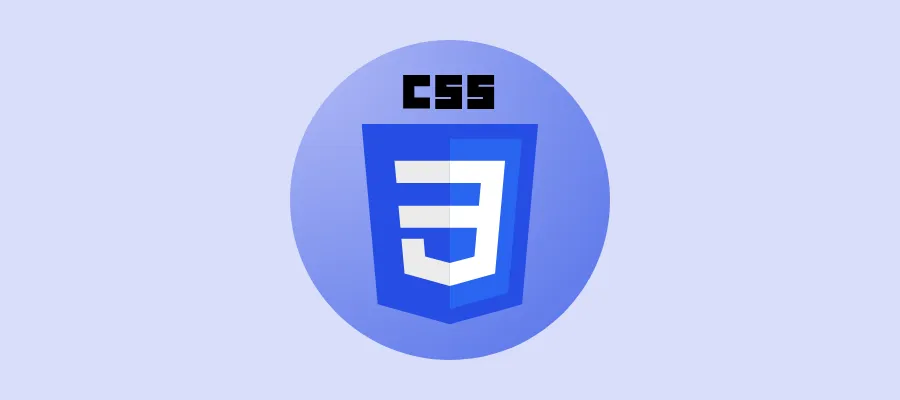What is CSS?

Created by Jordan Muller on 2024-02-01
What is CSS & What Is It Used For?
CSS, short for Cascading Style Sheets, is a crucial component of web design, focusing on the presentation and layout of web pages. While HTML provides the structure, CSS dictates how that structure is styled and displayed. Let’s delve into the world of CSS:
Basics of CSS
- Styling Language: CSS is a styling language used to describe the look and formatting of a document written in a markup language like HTML. It defines how elements should be displayed on screen, paper, or in other media.
- Separation of Concerns: CSS separates the content of a webpage (HTML) from its presentation, allowing for greater flexibility and easier maintenance.
Core Concepts of CSS
- Selectors: CSS selectors target specific HTML elements to apply styling rules. They can be based on element names, classes, IDs, attributes, and more.
- Properties and Values: CSS properties define the visual aspects of elements (e.g., color, size, font), while values specify the settings for those properties.
- Cascading: CSS rules cascade, meaning that multiple style sheets can influence the styling of a single element. This allows for the creation of robust and flexible style systems.
Importance of CSS
- Consistent Branding: CSS enables designers to maintain consistent branding across a website by defining styles for elements like colors, fonts, and layout.
- Responsive Design: With CSS, web pages can adapt to different screen sizes and devices, ensuring a seamless user experience across desktops, tablets, and smartphones.
- Accessibility: Properly styled content improves accessibility by making it easier for users with disabilities to navigate and understand the information presented on a webpage.
CSS3 and Beyond
- Latest Standards: CSS3 introduces new features and capabilities, including animations, transitions, gradients, and flexbox layouts, allowing for more creative and interactive designs.
- Vendor Prefixes: In CSS3, vendor prefixes are used to implement experimental features that haven’t yet been standardized across all browsers. While useful, they require careful management to ensure cross-browser compatibility.
Learning CSS
- Hands-On Practice: Learning CSS is best achieved through hands-on practice, experimenting with different properties and values to understand their effects.
- Online Resources: There are many online resources available, including tutorials, articles, and forums, where beginners can learn CSS from scratch and experienced developers can stay updated on the latest trends and techniques.
Conclusion
CSS is a fundamental technology for web designers and developers, empowering them to create visually appealing and user-friendly websites. By mastering CSS, designers can transform static HTML documents into dynamic and engaging web experiences, ensuring that content is not only well-structured but also beautifully presented across various devices and platforms. As CSS continues to evolve, so too will the possibilities for innovative and immersive web design.